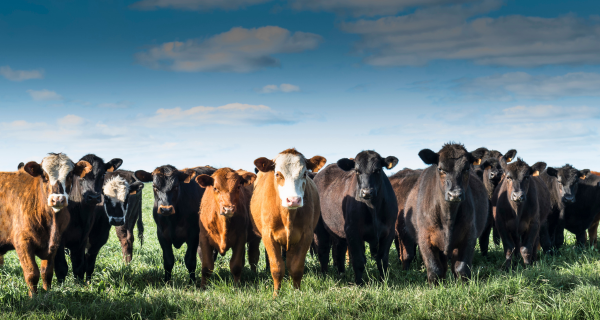

Information provided by Dr. Gary Ashton B.V.Sc. Dip.Appl.Sc. for The Pet Directory
Pink Eye or Infectious Bovine Keratoconjunctivitis is a highly contagious eye condition most frequent in the summer months. It is caused by the bacterium Morexella bovis in cattle.
Dusty conditions and long grasses can cause eye and eyelid trauma, which along with usually heavy fly infestations allows spread to often many animals in the herd. Management of an outbreak can be a difficult task due to the need for mustering animals that may be partially or sometimes fully blinded temporarily by the disease. Some severe cases can lead to eye rupture and permanent blindness in one or both eyes. Severe cases have considerable weight loss and occasionally animals will perish due to starvation or exposure or progressive infections. Sale of partially blind or blind animals is also at significant discount in sale yards. Recovered partially blind animals can be difficult and dangerous to handle. The disease can cause significant herd wastage of otherwise valuable animals.
On an individual basis treatment involves yarding and treatment with eye ointments that are highly effective especially in the early to moderate stages. In severe cases injectable antibiotics may be indicated, especially in valuable animals.
There are a couple of highly effective eye ointments available through local veterinarians on prescription.
These ointments will persist in the eye for at least 48 hours with a single treatment. It is wise to treat the good eye before treating infected eyes. Use of powders and sprays in the eyes are nowhere near as effective- they may in fact further damage the eyes. The real problem often is keeping these animals around yards for repeated treatment, if required, with the dust and fly problems associated. Topical systemic fly treatments are also available which can decrease fly populations and spread of the disease. Even treatment of the whole herd or maybe the worst affected mobs with these compounds may be warranted. Often it is the young calves or weaner mobs that are most heavily infected.
On a herd basis control poses a number of difficult problems. Musters when fly populations are high through dusty yards can exacerbate the problem. On the other hand many young calves and weaners will suffer severe opthalmitis when both eyes are affected as well as severe weight loss. Adults are often less commonly affected- this may be due to previous exposure and some acquired resistance. It may be possible to minimize mustering at this time of year. Another possibility may be to water yards down before cattle handling and holding for as short a term as possible in the yards. If yard sprinklers are available a fly repellent can be introduced into the spray. Herd fly treatments can be used before expected or at first sign of presence of the disease.
In North America a Morexella Bovis Vaccine was developed for use intramuscularly. In a small trial it gave good results both as a therapeutic and preventative agent. More scientific work along this line may produce a very desirable product. Breed susceptibility is also relevant with the most commonly affected animals being the white-faced breeds. This indicates that sunburn alone of the devoid of hair eyelid margins may be trauma enough to start the watery eye that attract flies and spreads infections. The Bos indicus breeds with their relatively hooded eyes seem to be less commonly affected than British and European breeds.


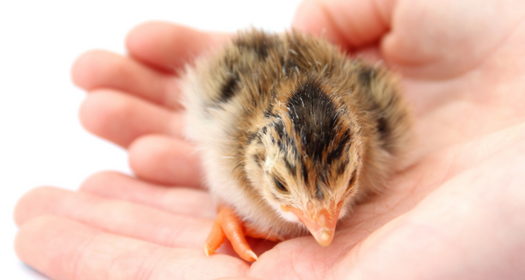
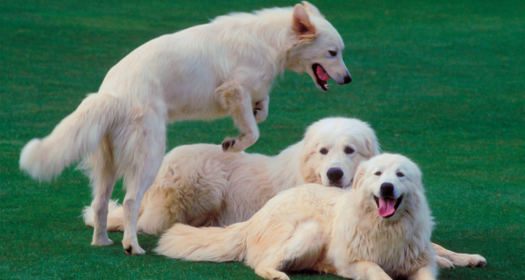
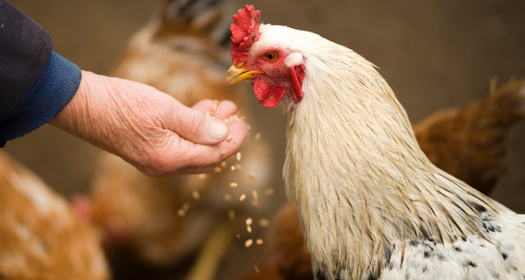
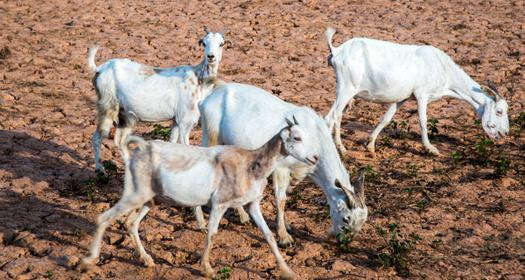
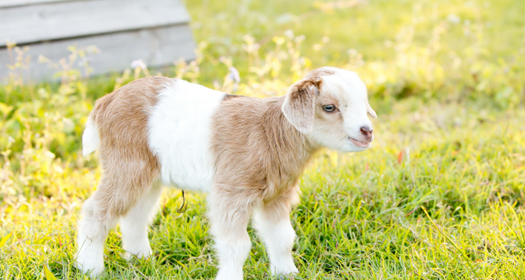



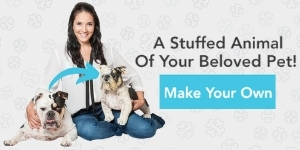
Leave Comment Below